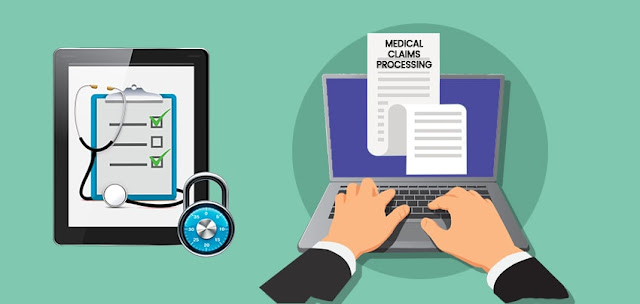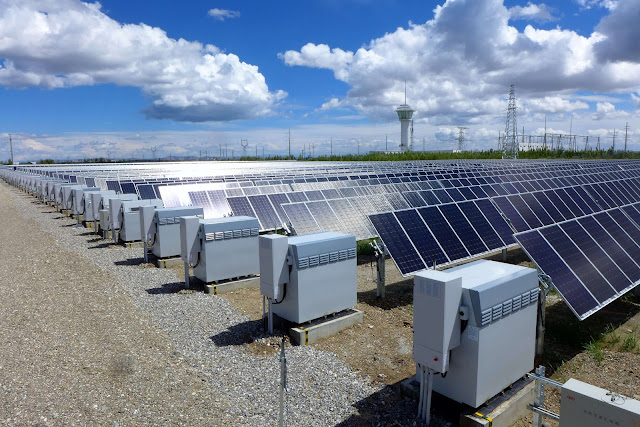Understanding Elbow Lesions: A Guide for Beginners
 |
| Elbow Lesion |
Around the world, elbow lesions
are a widespread disorder that affects many people. The elbow is a complicated
joint that joins the two forearm bones (radius and ulna) to the upper arm bone
(humerus). This joint enables us to move the arm in a broad variety of ways,
including bending, straightening, rotating, and twisting. However, pain,
discomfort, and restricted mobility may be experienced if the elbow joint is
hurt or damaged.
There are several different
causes of elbow
lesions, including overuse, injury, arthritis, and infection. Tennis elbow,
golfer's elbow, olecranon bursitis, and elbow fractures are among the most
typical elbow pathologies.
Tennis elbow: Tennis elbow, sometimes referred to as lateral
epicondylitis, is an injury on the outside of the elbow. It develops from
overuse of the tendons and muscles in the forearm that attach to the lateral
epicondyle, a hump on the outside of the elbow. Tennis elbow is characterised
by discomfort and soreness on the outside of the elbow, forearm muscle
weakness, and trouble lifting or holding items.
Golfer's elbow: Medial epicondylitis, sometimes referred to as
golfer's elbow, is an injury to the inner elbow joint. The wrist and forearm
muscles that attach to the medial epicondyle, a bony bump on the inside of the
elbow, are repeatedly used, which causes it to happen. The inside region of the
elbow is painful and tender, the wrist and forearm muscles are weak, and it is
difficult to hold or twist items, among other symptoms of golfer's elbow.
Olecranon bursitis: A disorder known as olecranon bursitis affects
the bursa, a fluid-filled sac, on the end of the elbow. It happens as a result
of constant pressure on the elbow or a blow directly to the elbow. Olecranon
bursitis presents with swelling, soreness, redness, and discomfort at the
elbow's tip.
Elbow fractures: A direct hit to the elbow, a fall into an extended
hand, or a twisting injury are the three main causes of elbow fractures. Pain,
swelling, discomfort, stiffness, and trouble moving the arm are all signs of
elbow fractures.
The kind and severity of an elbow
lesion determine its course of therapy. Most of the time, elbow lesions may be
treated conservatively, such as with rest, ice, compression, and elevation
(RICE). Non-steroidal anti-inflammatory medicines (NSAIDs) can also aid in
reducing discomfort and inflammation. Additionally, physical treatment helps
increase mobility and muscular strength.
Surgery could be necessary in
extreme circumstances to straighten broken bones, heal damaged tissue, or
remove it. The kind of surgery needed will depend on the condition's kind and
severity. Physical therapy is frequently advised following surgery to assist
patients restore strength and increase range of motion.



Comments
Post a Comment